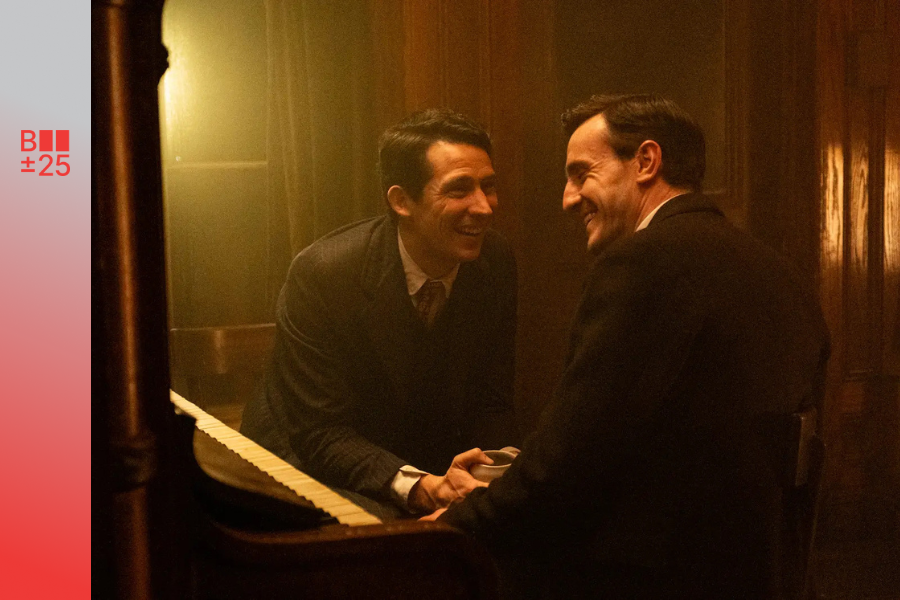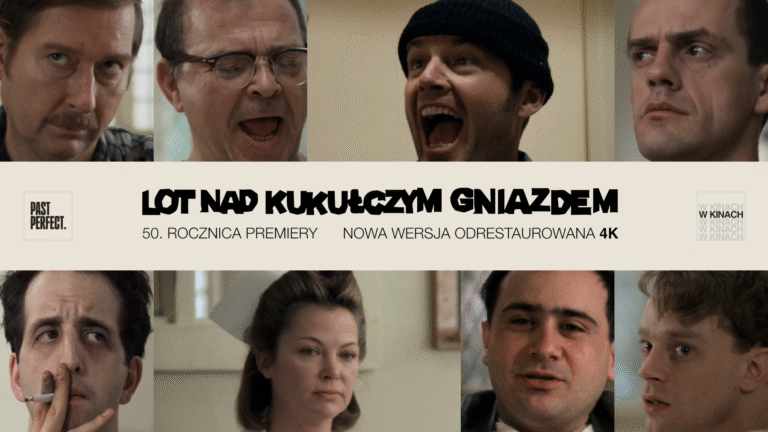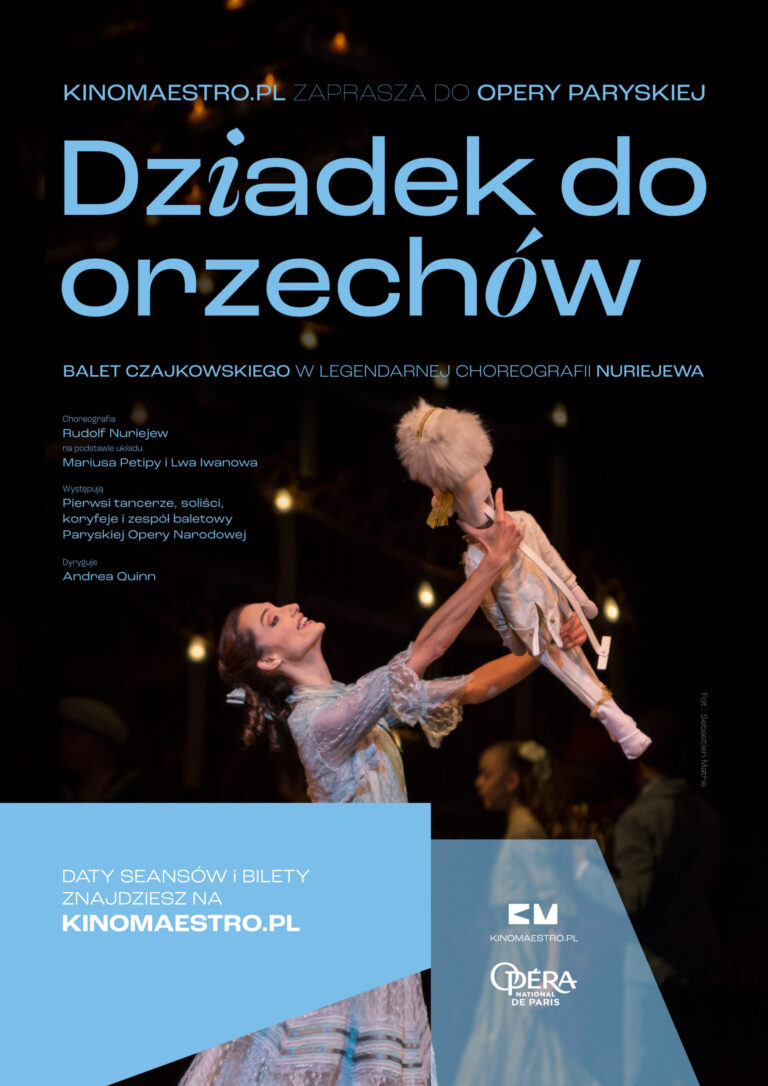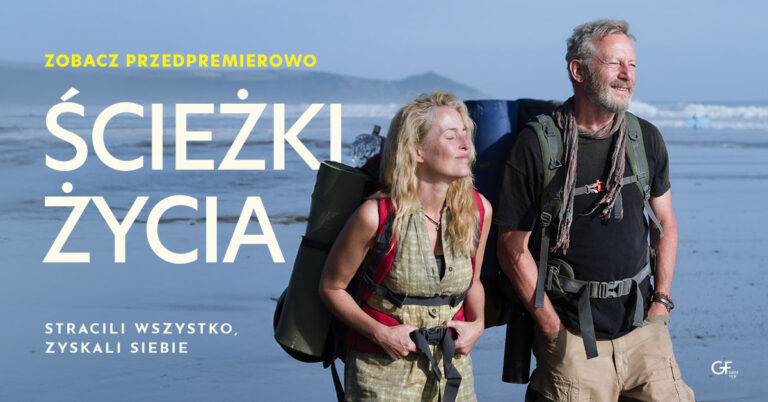
PL
Urodzony w RPA reżyser Oliver Hermanus, zabiera nas w podróż w czasie do okresu I wojny światowej. Razem ze swoimi bohaterami, dwoma młodymi mężczyznami (granymi przez zjawiskowy duet, którego nikomu nie trzeba przedstawiać – Brytyjczyka Josha O’Connora i Irlandczyka Paula Mescala), podejmuje się próby opowiedzenia o miłości w czasach, w których łatwo jest zatracić wiarę w człowieczeństwo. Nośnikiem emocji jest tu dźwięk i muzyka. To poprzez nagrania, w tym także utrwalenie lokalnych folkowych piosenek, ochraniają przed zapomnieniem i dokumentują czas, który nigdy już nie powróci. To także romans między dwoma chłopakami z początku XX wieku, kiedy o miłości nie mówiło się wprost, a poprzez niuanse, pełne wrażliwości spojrzenia oraz gesty.
Bohaterowie poznają się w piano barze, kiedy obaj są studentami Konserwatorium Muzycznego w Nowej Anglii. David siedzi przy fortepianie i śpiewa amerykańską piosenkę ludową, co przyciąga uwagę Lionela. Dorastał śpiewając takie piosenki, a nauczył go ich ojciec, który był skrzypkiem. Jak dowiadujemy się na samym początku filmu muzyka płynie w jego krwi, a nuty dosłownie sprawiają, że widzi konkretne kolory. Bardzo szybko okazuje się, że David i Lionel to tak naprawdę bratnie dusze, które odnalazły siebie na tym świecie.
Sfilmowany przez Alexandra Dynana THE HISTORY OF SOUND sprawie wrażenie najprzystojniejszego filmu tego sezonu, w którym dominują naturalne kolory ziemi i ciemne ubrania, wzbudzające w widzu poczucie wyjątkowego nastroju, romansowania z przeszłością, a nawet swoistej medytacji, którą dopełnia dźwięk. Film prezentowany był w Konkursie Głównym w Cannes 2025, a także w oficjalnej selekcji BFI London Film Festival. Pokazy w ramach British Film Festival to jedne z pierwszych, przedpremierowych seansów w Polsce.
ENG
South African-born director Oliver Hermanus takes us on a journey back in time to the period of the First World War. Together with his protagonists, two young men played by the mesmerising duo Josh O’Connor and Paul Mescal, names that need no introduction, he embarks on a delicate exploration of love in an age when faith in humanity itself seemed to falter.
Here, sound and music become the true vessels of emotion. Through field recordings and the preservation of local folk songs, the characters not only protect memories from fading but also document a fleeting world that will never return. At its heart, THE HISTORY OF SOUND is a love story between two men at the dawn of the twentieth century, a time when love could not be spoken of directly, only hinted at through glances, gestures, and a shared sensitivity.
The two meet in a piano bar while both are students at the New England Conservatory of Music. David sits at the piano, singing an American folk tune that instantly captures Lionel’s attention. He grew up singing such songs, taught by his father, who was a violinist. As we learn at the very beginning of the film, music runs in Lionel’s veins, and the notes literally make him see specific colours. It soon becomes clear that David and Lionel are kindred spirits who have, by chance or fate, found each other in this world.
Shot by cinematographer Alexander Dynan, THE HISTORY OF SOUND may well be the most ravishing film of the season – dominated by natural earth tones and sombre costumes that conjure a mood of intimacy, nostalgia and quiet meditation, deepened by the immersive presence of sound.
Presented in Competition at the 2025 Cannes Film Festival and later included in the official selection of the BFI London Film Festival, the screenings at the British Film Festival mark some of the first pre-premiere showings in Poland.
LOT NAD KUKUŁCZYM GNIAZDEM: 50. rocznica premiery
Powrót nagrodzonego 5 Oscarami® arcydzieła Miloša Formana z okazji 50. rocznicy premiery
Nowa odrestaurowana wersja 4K.
reż. Miloš Forman, USA 1975, 133 min
Są buntownicy. I jest McMurphy.
Rok 1963, Oregon. Do szpitala psychiatrycznego trafia Randle McMurphy (Jack Nicholson): cwaniak, nonkonformista i charyzmatyczny mąciwoda, który udaje chorobę psychiczną, by uniknąć więzienia. Wkrótce okazuje się, że instytucja pod nadzorem lodowatej siostry Ratched (Louise Fletcher) może być jeszcze bardziej opresyjna. Wraz z grupą przestraszonych pacjentów, McMurphy dokonuje w szpitalu cichej rewolucji.
Adaptacja słynnej powieści Kena Keseya to gorący krzyk sprzeciwu, porywające studium charakterów oraz genialna historia buntu, który jest nam potrzebny jak powietrze. Zdobywca 5 Oscarów – za najlepszy film, reżyserię, scenariusz i dla dwojga odtwórców głównych ról – „Lot nad kukułczym gniazdem” to jedno z arcydzieł amerykańskiego lat 70.: dekady, w której społeczny gniew rozpalał twórczą wyobraźnię najlepszych amerykańskich reżyserów. Dzięki oszałamiającemu sukcesowi „Lotu…” Miloš Forman, przybysz z Europy Wschodniej, trafił na hollywoodzki szczyt. Pozostał na nim do końca swojej kariery.
Zobaczcie Jacka Nicholsona w jego najlepszej roli i odwiedźcie pacjentów, którzy rzucają wyzwanie bezwzględnemu systemowi.
Dziadek do orzechów
Balet Piotra Czajkowskiego
w klasycznej choreografii Rudolfa Nuriejewa
Retransmisja z Paryskiej Opery Narodowej [Opéra national de Paris]
Prezentowany przez nas spektakl Dziadka do orzechów jest bardzo stary, a zarazem bardzo nowy. Powstał w Operze Paryskiej w 1985 roku, ale do dziś jest grany z wielkim powodzeniem, bawiąc i wzruszając kolejne pokolenia paryskich widzów. My zaprezentujemy wersję nagraną podczas bezpośredniej transmisji na żywo tego spektaklu do kin całego świata, która będzie miała miejsce w grudniu tego roku.
Autorem niedoścignionej choreografii tego barwnego przedstawienia jest nieżyjący już Tatar Rudolf Nuriejew, jeden z najwybitniejszych tancerzy XX wieku, który niedługo po swojej ucieczcie z ZSRR został dyrektorem zespołu baletowego Opery Paryskiej. Stworzył tu wiele baletów, które grane są w Paryżu do dziś. Nuriejew swoją wersję Dziadka do orzechów oparł na klasycznym układzie Mariusa Petipy i Lwa Iwanowa.
W wielu krajach nie ma Bożego Narodzenia bez gwiazdkowego spektaklu Dziadka do orzechów. Choć prapremiera tego arcydzieła odbyła się w Petersburgu w dniu Świętego Mikołaja, 6 grudnia 1892 roku, to tradycja gwiazdkowa towarzysząca temu baletowi powstała niemal pół wieku później, w Stanach Zjednoczonych. Choć dziś, inaczej niż za czasów Czajkowskiego, tytuł ten jest kierowany głównie do młodszych widzów, to nadal pozostaje jednym z najpoważniejszych arcydzieł klasycznego baletu.
Oparty na opowieści modnego wówczas fantastycznego pisarza E. T. A. Hoffmanna Dziadek do orzechów miał wykorzystywać zainteresowanie elit fantastyką. Tymczasem okazał się wspaniałym spektaklem familijnym. Mali widzowie odnajdą w nim baśniową historię małej Klary, która dzięki dobremu sercu i odwadze wyzwala spod czaru księcia zaklętego w dziadka do orzechów. Piotr Czajkowski napisał do tego baletu przepiękną muzykę, skrzącą się łatwo wpadającymi w ucho tematami i oryginalną orkiestracją (harmonika szklana naśladująca padający śnieg). Dodatkowym atrakcją jest udział dziecięcego chóru Śnieżynek.
„Ścieżki życia” to inspirowana prawdziwymi wydarzeniami poruszająca i pełna nadziei opowieść o dojrzałej miłości, która okazuje się silniejsza niż życiowe kryzysy. Film, który zdobył serca widzów w całej Europie, zachwyca szczerością oraz prostotą, z jaką mówi o sprawach najważniejszych. To historia, która podnosi na duchu i przypomina, że nawet po największej burzy można odnaleźć spokój – jeśli idzie się razem.
Raynor (Gillian Anderson) i Moth (Jason Isaacs), małżeństwo z wieloletnim stażem, w jednej chwili tracą niemal wszystko – dom, bezpieczeństwo, dotychczasowe życie. Zamiast się poddać, robią coś, co dla wielu byłoby szaleństwem: wyruszają w pieszą wędrówkę – ponad tysiąc kilometrów wzdłuż dzikiego, angielskiego wybrzeża. Z pustym kontem bankowym, namiotem i garścią najpotrzebniejszych rzeczy idą przed siebie, krok za krokiem, szukając ukojenia w wietrze, ciszy i otaczającej ich przyrodzie. Wkrótce odkryją, że mimo przeszkód, które los rzucił im pod nogi, wciąż mają najważniejsze – siebie nawzajem. Ta niezwykła podróż stanie się dla nich drogą ku wolności, miłości i nowemu początkowi.
„Ścieżki życia” to inspirowana prawdziwymi wydarzeniami poruszająca i pełna nadziei opowieść o dojrzałej miłości, która okazuje się silniejsza niż życiowe kryzysy. Film, który zdobył serca widzów w całej Europie, zachwyca szczerością oraz prostotą, z jaką mówi o sprawach najważniejszych. To historia, która podnosi na duchu i przypomina, że nawet po największej burzy można odnaleźć spokój – jeśli idzie się razem.
Raynor (Gillian Anderson) i Moth (Jason Isaacs), małżeństwo z wieloletnim stażem, w jednej chwili tracą niemal wszystko – dom, bezpieczeństwo, dotychczasowe życie. Zamiast się poddać, robią coś, co dla wielu byłoby szaleństwem: wyruszają w pieszą wędrówkę – ponad tysiąc kilometrów wzdłuż dzikiego, angielskiego wybrzeża. Z pustym kontem bankowym, namiotem i garścią najpotrzebniejszych rzeczy idą przed siebie, krok za krokiem, szukając ukojenia w wietrze, ciszy i otaczającej ich przyrodzie. Wkrótce odkryją, że mimo przeszkód, które los rzucił im pod nogi, wciąż mają najważniejsze – siebie nawzajem. Ta niezwykła podróż stanie się dla nich drogą ku wolności, miłości i nowemu początkowi.



